Bridal Bouquets: New styles combine the past and present
Aug, 31, 2016
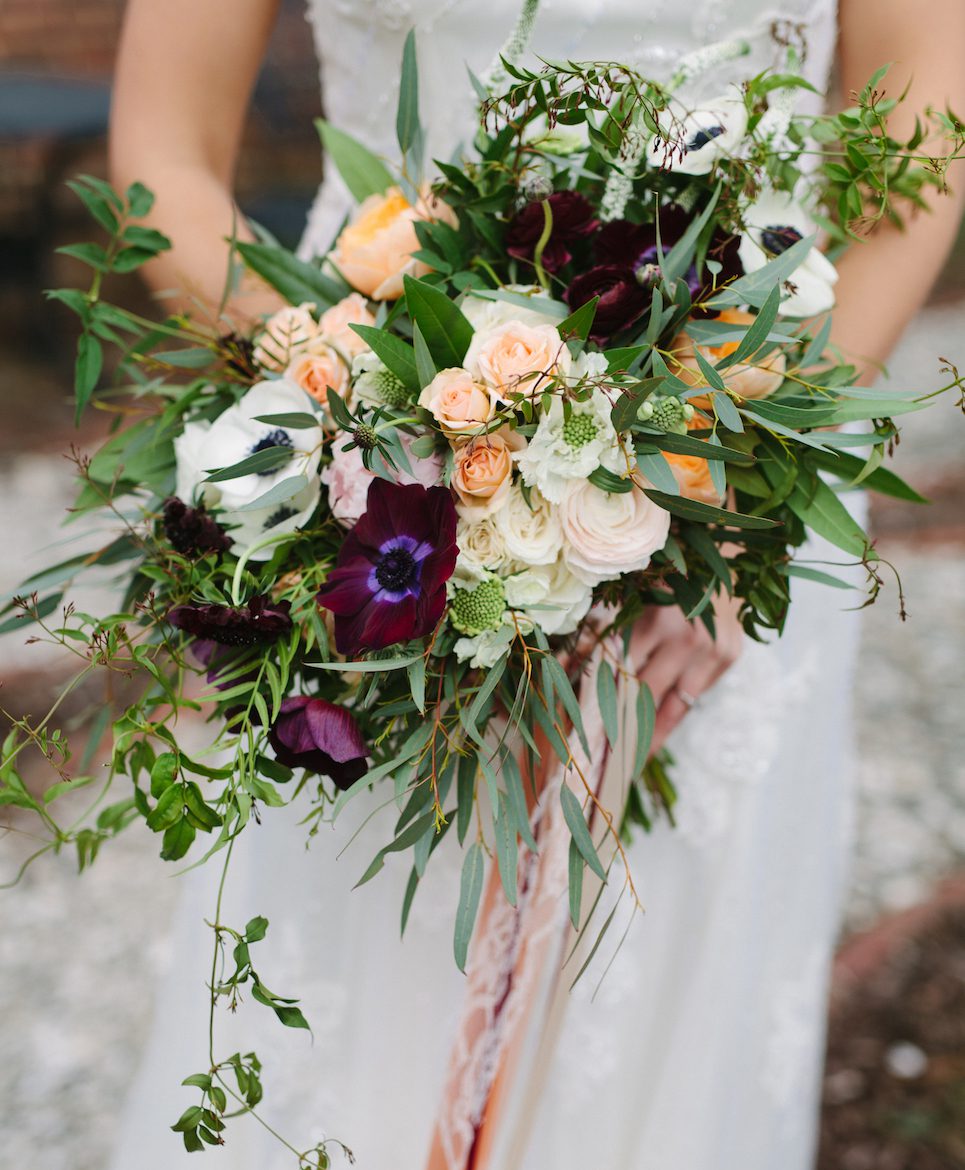
Pepper Berry, Eucalyptus and Jasmine Vine team up to create cascading movement. Photo credit: Mike Sperlak Photography.
The style of a bridal bouquet changes to reflect modern cultural shifts, but not at the same rate as other fashion industries like clothing and home decorating. Why? There are certain elements of weddings that are a little more change-resistant because weddings are so steeped in tradition. The bridal bouquet that you carry unites you with your mother, grandmother, aunts and friends. Something borrowed, something new, something old, something blue – was uttered first in the 1870s. Tradition is the cornerstone of weddings.
Yet, 2016 has been a transition year for the bride’s bouquet. At our studio, we have been making two distinctly different styles – at least from the vantage point of someone in the industry. The familiar rounded, compact style and a new loose and airy, heirloom bouquet. We love them both. While the newer style is very different than anything we would have made twelve to twenty-four months ago – it is really not new at all. (Confused? I’ll clear that up later.) Allow me to suggest two important moments in pop culture that explain how the rounded bouquet trend was established and how our newer trend has taken root. Monica and Chandler got married and Sarah Jessica Parker stopped matching her shoes to her dress.
The round “rose-ball” bouquet
In 2001, Monica married Chandler on the hit television show “Friends.” She carried a perfectly round ball of red roses worn against a simple and sleeveless, satin gown. This television moment created a “must-have” style that has dominated bouquets for the last fifteen years. (Courtney Cox actually carried that bouquet first when she married David Arquette in 1999.) The compact, “ball” of roses in a single color is elegant and sophisticated, simple and sleek. Dresses became demure and timeless and the flowers were a perfect balance.
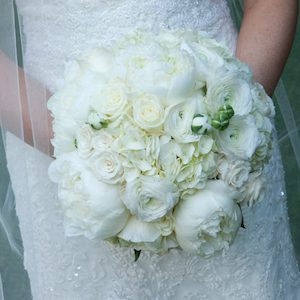
The transformed round-ball. Compact, all-white, textured flowers, elegant. Photo credit: Joylyn Hannahs Photography
As a designer, this meant we rid ourselves of the bulky, cumbersome holders used to create cascading bouquets. Hand-tied bouquets express a sophisticated artistry. They are simpler in design and easier to carry. The original cascading bouquets could take one designer three to four hours to construct. Many of the flowers had to have to have “bionic” or wired stems in order to create the “out” and “down” movement. Stephanotis, a lovely little star-like flower has no stem, and yet florists were using it to cascade alongside notoriously straight-stemmed roses and the more compliant ivy.
The round “ball” bouquet adapts with texture, a little color and some dimension
Like any fashion trend, the round “ball” bouquet evolved during the last decade-and-a-half. Most notably, we added texture. Instead of using only roses, we chose different types of flowers in the same color so that individual flowers became more note-worthy. Hydrangea became very popular in bridal bouquets. It has a very unique texture and it can be used to fill the spaces between more luxurious flowers.
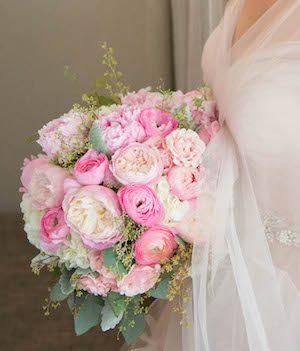
“Springy” greens create dimension with “shades of pink.” Photo credit Megan Schmitz.
Brides and designers further altered the original mono-chromatic, un-textured look by adding a second or even third subtle color like pink, peach or ivory. This continues to be very popular and you may be planning to carry a bouquet like this for your wedding. Perfect. If you love the preppy look like we do, you may still choose this style as preppy begs for clean lines and some uniformity. The final transformation of Monica’s infamous bouquet has been a “blurring of the lines” found in the original shape. Each week, we are poking flowers and greenery with “spriggy” stems out of the ball for a looser look, creating subtle movement and dimension.
the totally transformed bouquet: Whimsical, “cascading” movement and color
The cascading, just-gathered bouquet is back. But first let me explain the significance of Sarah Jessica Parker and her shoes. Not so long ago, SJP started wearing color combinations that really didn’t match — like a green dress with red shoes, or plaid shirts in purples paired with striped pants in low blues. Sarah, and several other very fashionable women, started to wear color combinations that had never been seen before (or, at least not since the 1970s). The fashion industry has asked us to adorn new color combinations not yet imagined and we are coming around. I have at least experimented with my shoes, haven’t you?
So we inadvertently get to today’s fashion-forward bouquets with deeper hues and more brilliant colors. The potential combinations are really exciting and there are a lot of creative things you can do. I talked to a bride today who presented blush and ivory for her bouquet while confiding to me that she can’t stop thinking about adding a deep purple, burgundy combination. She wasn’t even going to mention it during her consult. We talked about how we would balance the colors, and she is all in. It’s going to be really special.
A desire for a “just-gathered” bouquet makes sense. Lots and lots of brides are getting married in barns, vineyards and older homes. Nearly half of the bouquets we are making this year look like we hand-picked the flowers from a nearby field and tied them with ribbon. They fit todays more rustic venues (especially in Loudoun County and Northern Virginia) – isn’t it marvelous.
This style is reminiscent of the original tear-drop shape that was popular thirty-five years ago when Princess Diana married, and then, just a century or two earlier in the mid 1800s. Today’s bouquet are made to resemble a similar movement and shape of old but with a newer, more modern look.
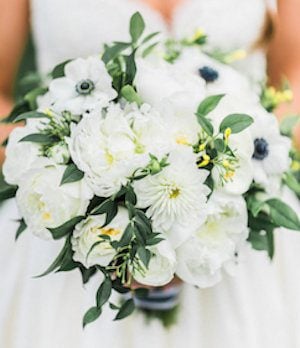
Slightly looser, mounded, bouquet. Photo credit: Hay Alexandra Photography.
Designers will use different techniques and different flowers. First, greenery will replace hydrangea as filler because greenery can express itself wide. In this modern cascade, we prefer to leave space around the flowers so they can be appreciated. Your bouquet will be hand-tied with perhaps a few wired stems. If I make your bouquet, I will analyze each stem and allow it to drape naturally. Leggier flowers like Delphinium, Ranunculus, Scabiosa and spray roses have a natural bend in their stem. Anenome and Dahlias are good choices because they are colorful and more compliant than a garden rose. Jasmine Vine and Eucalyptus will naturally sweep to one side creating that slightly unorganized look. As I delve deeper in to these types of bouquets, I will find more combinations that will allow me to create your very unique bouquet.
Your bouquet should reflect your personal style. Research ahead of the consultation will give us a starting point for this very important discussion. Considering how many options you have, you will need to collaborate closely with your designer. And always keep this in mind, the very best part of our weekend is handing the bride her one-of-a-kind bouquet.
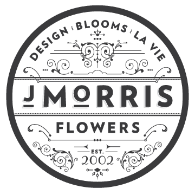
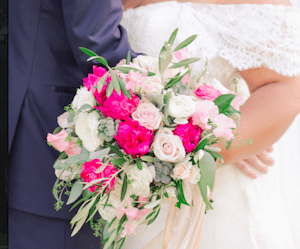
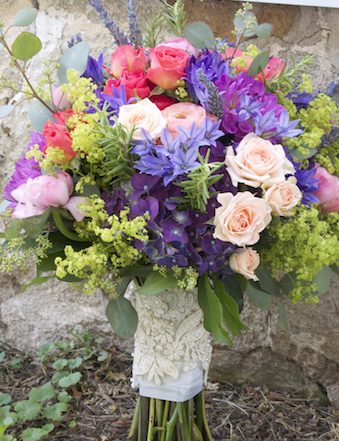
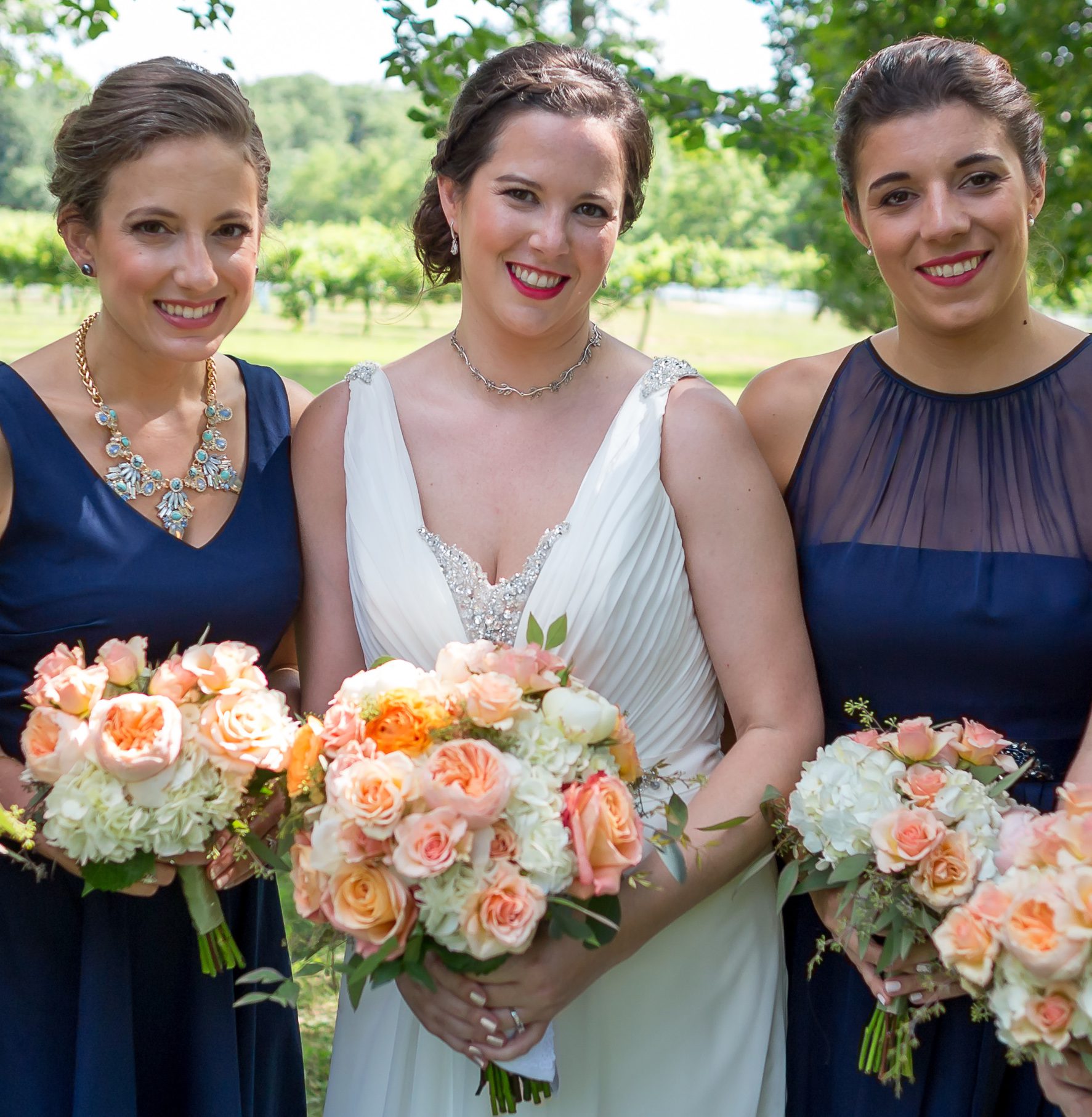

Leave a Comment